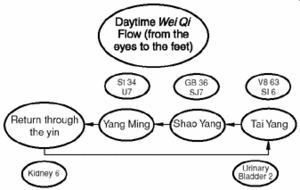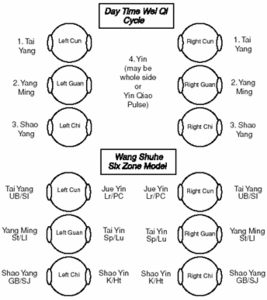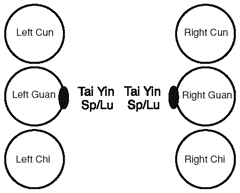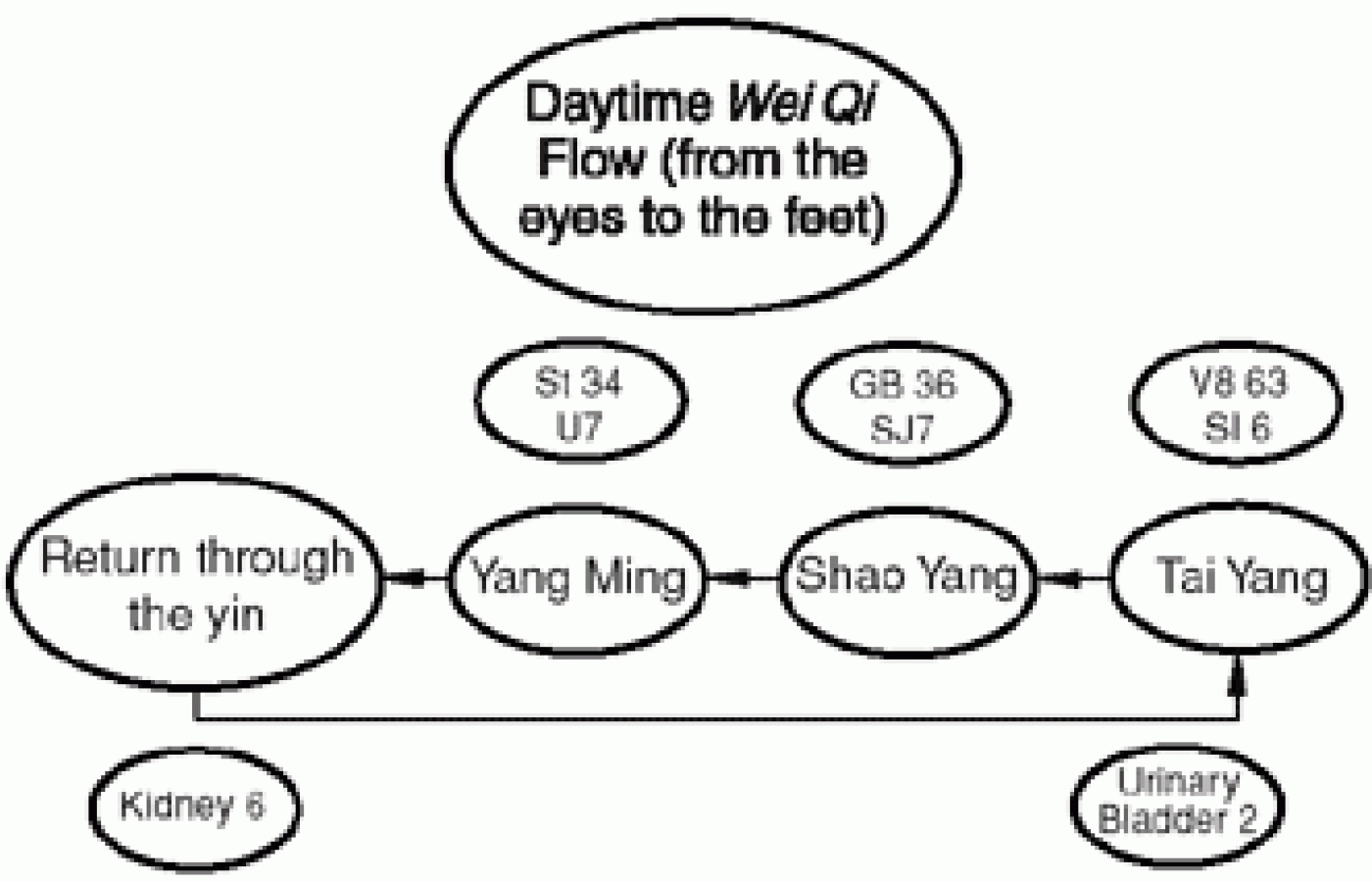Whether you accept it, avoid it or live somewhere in between, insurance coverage has become a defining issue for our profession. Patients increasingly expect to use their benefits, practitioners want to be compensated fairly for their time and expertise, and the system itself remains – at best – fragmented. The encouraging news is that coverage has expanded in meaningful ways. The challenging news is that reimbursement, across the board, remains inadequate.
Neoclassical Pulse Diagnosis and the Six Channels
This article continues the discovery of clinical applications through classical texts. The study of ancient roots inspires through appreciation of past accomplishments; the assemblage of useful ideas; and truths that do not change with time. Sources that have withstood the test of time have power; they have rendered the growth and development of physicians for thousands of years. However, the material must be evaluated for validity through clinical experience and application. When this occurs, the original material is transformed into a unique and deepened expression of clinical skills. These rigors are the basis of an upcoming book by the author entitled Neoclassical Pulse Diagnosis.
This article uses an interpretation of a pulse diagnostic method drawn from a combination of the Yellow Emperor's Classic of Internal Medicine and the Pulse Classic, which has proven useful for diagnosing the daytime defensive qi cycle. For this discussion, I explore the question, "What is the daytime movement of wei qi, and how is it diagnosed?"
The movement of daytime wei qi is found in The Spiritual Influence Pivot (Ling Shu): "During the daytime, the defensive qi moves from the tai yang to the shao yang to the yang ming and then returns through the yin."1 This flow of wei qi is like a cascade from the eyes to the toes (see Figure 1). The return through the yin takes place through any of the yin channels, including the yin walker vessel (yin qiao mai).

A solution for diagnosing daytime wei qi flow is found in the Pulse Classic (Mai Jing).2 Chapter 10 includes a scheme that refers specifically to the six channels of the tai yang; yang ming; shao yang; tai yin; shao yin; and jue yin.3 This method requires rolling the fingers; the historical basis for this has been discussed in a previous article.4 From the standard pulse position, roll the fingers toward the radius from the center of the radial artery, then toward the ulna and the tendon flexor carpii radialis. If any region is extending away from the center of the radial artery, it shows which of the six channels may have stagnation, accumulations or conglomerations (see Figure 2). These findings can often reveal "hidden" channel involvements and should be explored quickly to uncover complicating channel involvement in musculoskeletal conditions. Findings must be confirmed by other signs or symptoms, such as channel palpation.
Treatment

Treatment may use any point on the channel; however, the accumulation (xi-cleft) point often produces immediate results for musculoskelatel problems. Treating the xi-cleft point on the channel related to the pulse that is out of place will cause the pulse to become evenly distributed. However, one can place a body image on a channel segment indicated by the pulse, and find a tender point that has a higher likelihood of resolving the condition than a point selected arbitrarily. Diagnosis must always precede the development of the treatment plan and the consequent treatment. This is a particular method of arriving at effective treatments for musculoskeletal disorders. According to the Pulse Classic, pulse findings such as those discussed here may also indicate other conditions.
Study
The results of the inquiry to the diagnosis and clinical use of the daytime wei qi cycle were subjected to outcome studies with patients, groups of students, and other practitioners in the classroom and the clinic. The interrater reliability with the resulting method was high, at roughly 82% among 38 practitioners with 12 subjects. The possible reason for the high interrater reliability was that the pulse finding is based on shape.
After treatment of the corresponding channel, the pulse pattern was corrected to ideal evenness of shape in 84% of the treatment episodes. There seems to be a correlation between changes in symptoms and related pulse findings. It would be useful to examine this method in comparison to other methods, such as neuroanatomical methods of acupuncture.
Case History
A 73-year-old female with pancreatic cancer complained of deep abdominal and mid-thoracic pain around T10-T12. She received standard palliative care, and had a cholecystojejunostomy and a gastrojejunostomy to bypass the obstructions caused by the tumor. She had jaundice and scleral icterus. The abdomen was swollen, and the tongue was glossy red with teeth marks around the edge.

The pulse was enlarged toward the tendon flexor carpii radialis in the middle position (see Figure 3), confirming tai yin channel involvement. The TCM diagnosis was yang jaundice with stomach yin deficiency, and spleen damp heat with blood stasis and liver depression-qi stagnation.
Needling the xi-cleft point on the spleen channel (Sp8) resulted in diminished abdominal pain, diminished back pain and centering of the pulse into the primary pathway. This point was complimented with local and auricular point selections. This response occurred on 28 of 30 treatment episodes. There was a regular, consistently reduced need for pain medication when acupuncture was employed.
Epilogue
Imbalances of defensive qi movement through the sinews can be analyzed through the six-channel pulse method of Wang Shuhe. This is especially effective for identifying vessel involvement that is underlying patterns revealed through channel palpation. It leads directly to effective and powerful acupuncture treatment.
References
- Wu N.L. Yellow Emperor's Canon of Internal Medicine. China Science and Technology Press, 1996.
- Shuhe W. The Pulse Classic. A Translation of the Mai Jing. Blue Poppy Press, 1997.
- Qing Y. Tu Ju Wang Shuhe Mai Jue Ba Shi Yi Nan Jing Bien Zhen (Pictorial Notes on the Pulse Songs of Wang Shuhe). Yi An Tong, Shu Lin; Qing Dynasty, Qian Long Emperor's term, year: Ren Shu. (Zhang SX, Si Ming County, ed.)
- Morris W. Rolling from primary positions: seeking the truth. Acupuncture Today September 2001.



